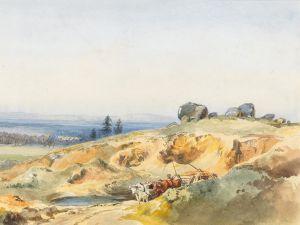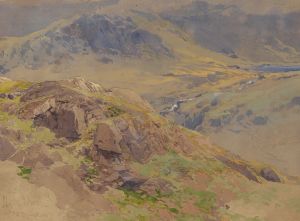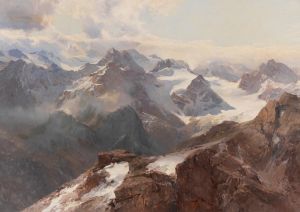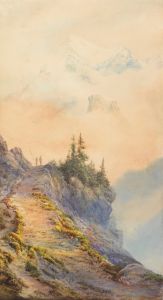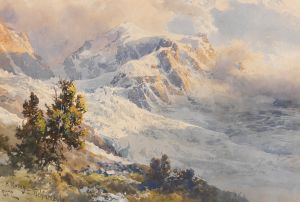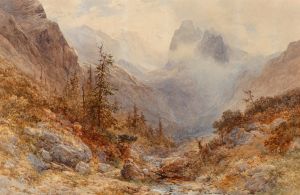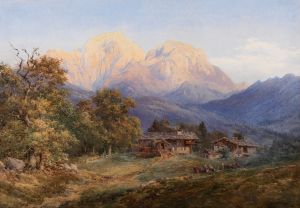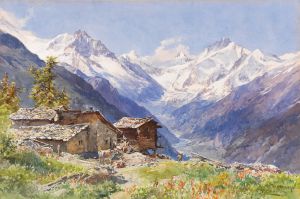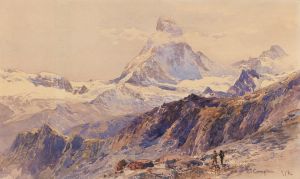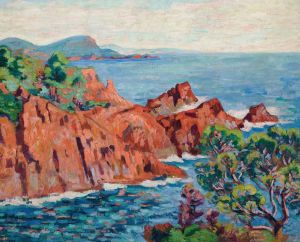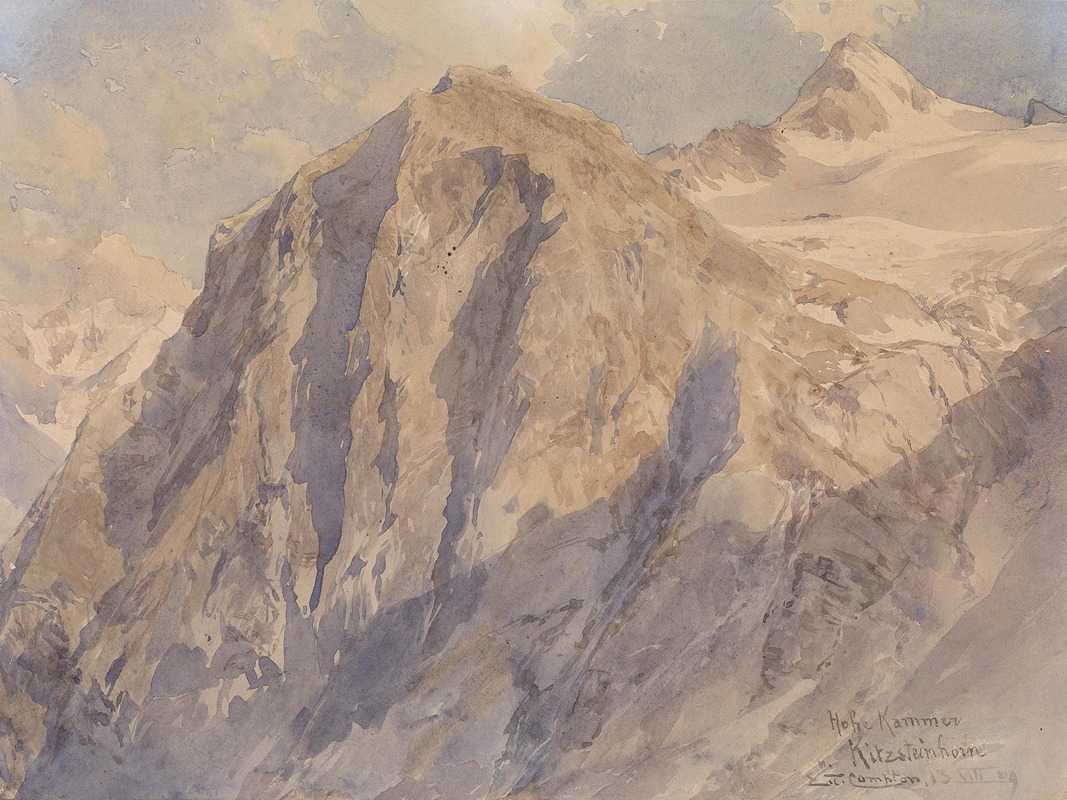
Hohe Kammer Kitzsteinhorn
A hand-painted replica of Edward Theodore Compton’s masterpiece Hohe Kammer Kitzsteinhorn, meticulously crafted by professional artists to capture the true essence of the original. Each piece is created with museum-quality canvas and rare mineral pigments, carefully painted by experienced artists with delicate brushstrokes and rich, layered colors to perfectly recreate the texture of the original artwork. Unlike machine-printed reproductions, this hand-painted version brings the painting to life, infused with the artist’s emotions and skill in every stroke. Whether for personal collection or home decoration, it instantly elevates the artistic atmosphere of any space.
Edward Theodore Compton was a renowned English-born artist and illustrator, celebrated for his detailed and evocative landscapes, particularly those depicting the Alpine regions. His painting "Hohe Kammer Kitzsteinhorn" is one of his notable works, capturing the majestic beauty of the Kitzsteinhorn, a prominent peak in the Austrian Alps.
Compton was born in 1849 in Stoke Newington, London, and developed an early interest in art and nature. He moved to Germany in 1867, where he became deeply inspired by the mountainous landscapes of the Alps. This inspiration is evident in his extensive body of work, which often features dramatic mountain scenes, showcasing his skill in capturing the interplay of light and shadow on rugged terrains.
"Hohe Kammer Kitzsteinhorn" exemplifies Compton's mastery in portraying the grandeur of the Alps. The Kitzsteinhorn, part of the Hohe Tauern range, is one of Austria's most famous peaks, standing at 3,203 meters (10,509 feet). It is located near the town of Kaprun in the state of Salzburg. The mountain is known for its glacier, which allows for year-round skiing and attracts numerous tourists and mountaineers.
In this painting, Compton captures the imposing presence of the Kitzsteinhorn with meticulous attention to detail. His use of color and light conveys the serene yet powerful atmosphere of the high mountains. The painting likely reflects the view of the peak from a vantage point that emphasizes its towering height and the surrounding alpine landscape. Compton's technique often involved plein air painting, where he would sketch outdoors to capture the immediacy of the scene, later completing the work in his studio.
Compton's works are characterized by their realism and precision, qualities that made him a sought-after illustrator for alpine publications. His paintings not only serve as artistic expressions but also as historical records of the landscapes during his time. "Hohe Kammer Kitzsteinhorn" is a testament to his ability to blend artistic skill with a deep appreciation for nature.
Throughout his career, Compton's art was celebrated for its contribution to the romantic portrayal of the Alps, influencing both the art world and the perception of mountain landscapes. His works remain significant in the study of alpine art and continue to be appreciated for their beauty and technical excellence.
Edward Theodore Compton passed away in 1921, leaving behind a legacy of art that continues to inspire and captivate audiences. His paintings, including "Hohe Kammer Kitzsteinhorn," are held in various collections and continue to be exhibited, reflecting the enduring appeal of his vision of the natural world.






